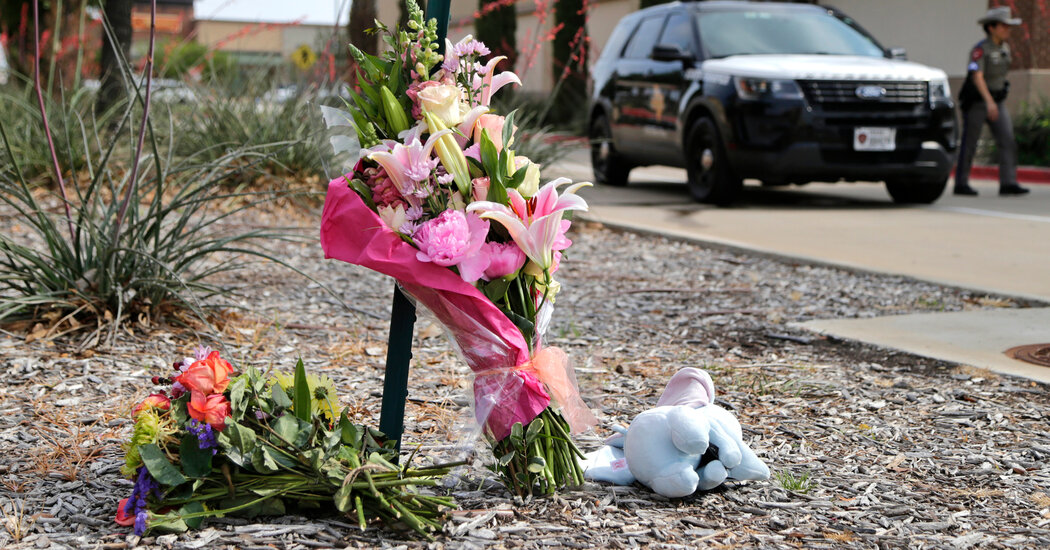Claire Wardle, the co-founder of the Information Futures Lab at Brown University, said in an interview that tech companies must balance their desire to protect their users with the responsibility to preserve newsworthy or otherwise important images — even images that be uncomfortable to watch. She cited as precedent the decision to publish an image of Kim Phuc Phan Thi in the Vietnam War, who became known as “Napalm Girl” after a photo of her suffering after a napalm attack went around the world.
She added that she preferred graphics of notable events that remain online, with some kind of overlay where users have to choose to see the content.
“This is news,” she said. “We often see these kinds of images in other countries and nobody is shocked. But then it happens to Americans and people say, ‘Should we see this?’”
For years, social media companies have had to grapple with the proliferation of gory images and videos following horrific violence. Last year, Facebook was criticized for running ads alongside a graphic video of a racist shooting in Buffalo, NY, which was streamed live on video platform Twitch. The Buffalo gunman claimed inspiration from a 2019 mass shooting in Christchurch, New Zealand that killed at least 50 people and was broadcast live on Facebook. Twitter has removed versions of the Christchurch video for years, arguing that the footage glorifies the violent messages espoused by the shooter.
While the graphic images of the Texas mall shooting circulated widely on Twitter, they appeared to be less prominent on other online platforms on Sunday. Searching by keyword for the recordings in Allen, Texas on Instagram, Facebook and YouTube mainly yielded news items and less explicit eyewitness videos.
Sarah T. Roberts, a University of California Los Angeles professor who studies content moderation, distinguished between editors at traditional media companies and social media platforms, who are not bound by the ethics traditional journalists adhere to — including minimizing harm to the public. viewer and the friends and family of the people who died.
“I understand where people come from on social media who want to spread these images in the hope that it will bring about a change,” Ms Roberts said. “Unfortunately, social media as a business is not set up to support that. What it needs to do is take advantage of the dissemination of these images.”
Ryan Mac reporting contributed.

